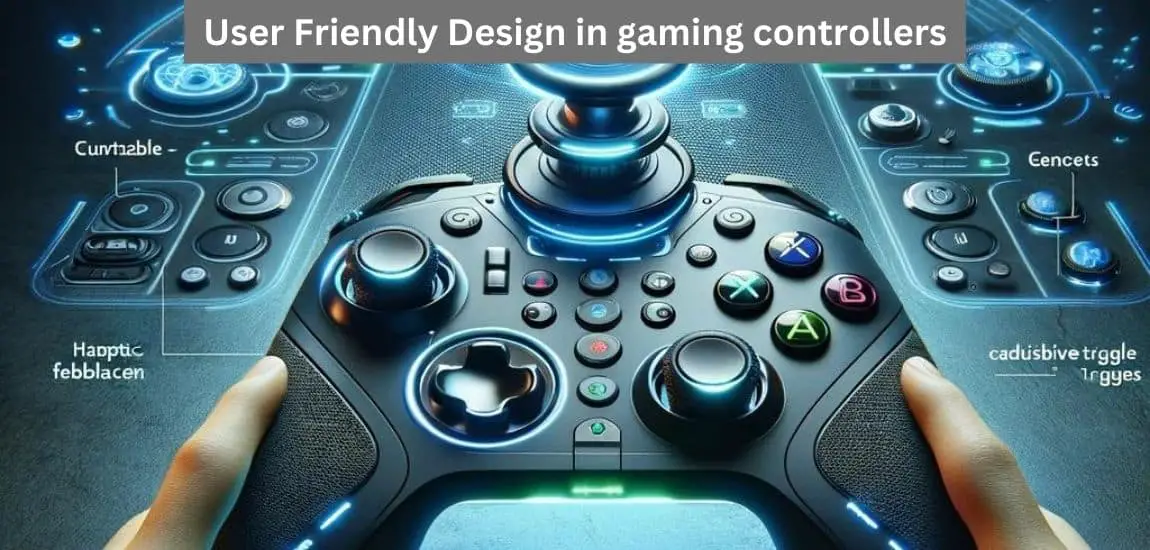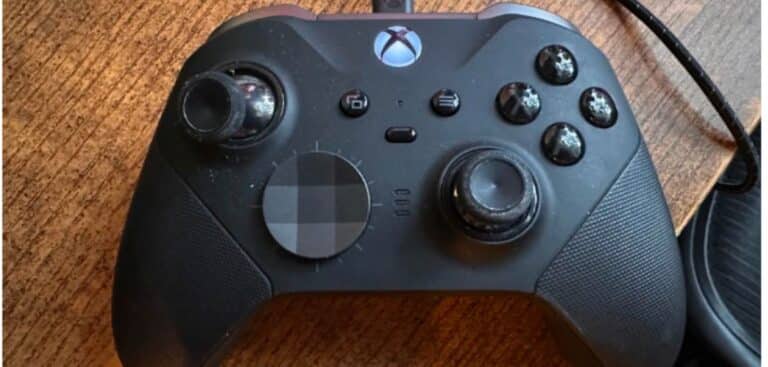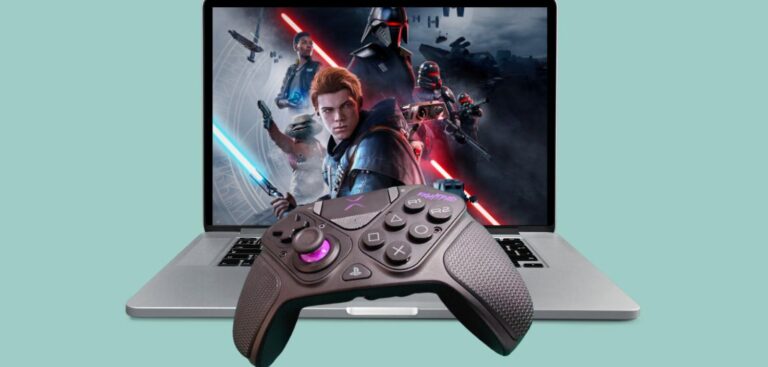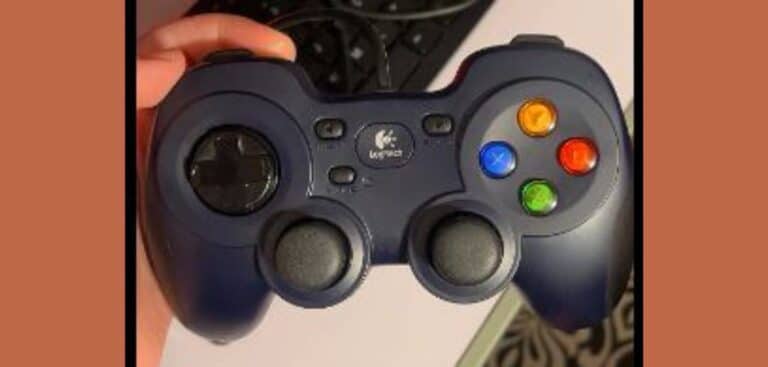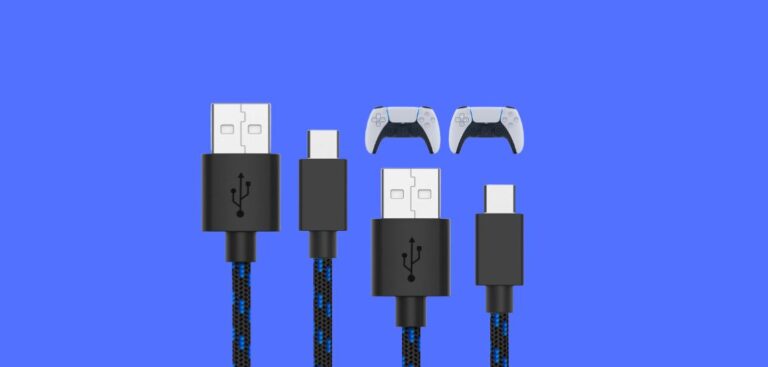Best User Friendly Design in Gaming Controllers
User-friendly design has become increasingly important in gaming controllers as video games expand their audience beyond traditional “gamers”. With more casual and new gamers playing games across multiple platforms, controllers must be intuitive and accessible to many users. Gaming controllers bridge us and the virtual worlds we love to explore. A well-designed controller can enhance the gaming experience, making every action feel intuitive and every game more immersive. In this article, we delve into what makes a User-Friendly Design in gaming controllers and highlight some of the best designs in the market.
Key Takeaways About User-Friendly Design in Gaming Controllers
- User-friendly design makes controllers more accessible to casual and new gamers through intuitive layouts, simplified setup, ergonomics, and inclusive access features.
- Thoughtful button positioning, textured grips, lightweight construction, and precision input all contribute to accessibility and comfort.
- Innovations like haptic feedback and adaptive triggers heighten immersion but must balance complexity with mainstream usability.
- Analyzing products like the Xbox Adaptive Controller provides concrete direction for improving future controller accessibility.
The key elements of user-friendly controller design include:
Ergonomics and Comfort
Controllers should be comfortable to hold and use for extended gaming sessions. This includes having an ergonomic shape, textured grips, and lightweight construction. Buttons, triggers, and joysticks should also be responsive while avoiding hand fatigue.
Intuitive Layout
The button, joystick, and other input layout should feel natural and allow gamers to easily access core functions. There should be clear groupings of inputs by frequency of use. Consistency across controller revisions and platforms also aids intuitiveness.
Ease of Setup
Modern controllers emphasize seamless out-of-box use, with plug-and-play connectivity, integrated batteries/charging, and automatic device pairing. Minimizing setup friction enhances their user-friendliness.
Accessibility
Inclusive controller design considers gamers with limited mobility or disabilities. Adaptive layouts, button remapping, and alternate input methods improve accessibility for more users.
Key Aspects of User-Friendly Design in Gaming Controllers
Several key factors contribute to a user-friendly gaming controller experience. These should guide designers targeting broad, mainstream accessibility.
Intuitive Button Layout
A controller’s buttons, triggers, bumpers, and joysticks comprise its fundamental inputs. Their positioning and sizing should match natural finger placement and movement arcs to avoid discomfort or unintuitive stretching during common gaming actions.
Consistency in input layouts across controllers and platforms also aids muscle memory. Gamers can transition between Xbox, PlayStation, and Nintendo controllers with minimal re-learning if core buttons maintain positional parity.
Comfort and Ergonomics
Comfort directly impacts a controller’s user-friendliness, facilitating longer, less fatiguing gameplay. Contoured grips, textured surfaces for enhanced hold, lightweight materials and balanced weight distribution optimize comfort.
Removable batteries allow lighter weight over integrated options, while textured analogue sticks provide grip and avoid slippage from sweat during intense gaming.
Responsiveness and Precision
Input responsiveness, requiring optimized hardware latency and software processing, ensures on-screen actions precisely match a user’s real-world controller inputs. Delays between input and game response negatively impact intuitiveness.
Higher-quality joysticks, buttons, and directional pads also bolster precision, reacting accurately to subtle input gradations. This nuanced control fosters skill growth.
Case Studies Aout User-Friendly Design in Gaming Controllers
Examining specific controllers and their approach to user-friendliness provides concrete examples for analysis:
Xbox Adaptive Controller

Microsoft’s Adaptive Controller simplifies access for gamers with limited mobility through an inclusive, flexible design. With extensive external input port expandability and button remapping, it accommodates many alternative input solutions. This dramatically improves gaming accessibility.
Nintendo Switch Pro Controller

Nintendo’s controller offers exceptional comfort and ergonomics, natural button placement for adult hands, textured grips, and long battery life from integrated charging. It sets a high standard for mainstream out-of-box usability.
PlayStation DualSense

Sony’s DualSense controller pushes innovation with haptic feedback and adaptive triggers that heighten gaming immersion. This expands the accessibility of sensory experiences previously unavailable to controllers.
Conclusion 0n User Friendly Design in Gaming Controllers
The quest for the Best User-Friendly Design in gaming controllers is subjective, hinging on personal preference and specific gaming needs. However, understanding the key features that contribute to a great gaming experience can help guide your choice. Whether you’re a competitive gamer or a casual enthusiast, the right controller can elevate your gaming sessions to new heights.
As gaming continues reaching wider audiences, user-friendly controller design will only grow in importance. Companies must continue balancing innovation and accessibility, helping more users enjoy immersive gameplay experiences through intuitive and responsive input devices optimized for comfort, precision, and real-world ergonomics.
FAQs
Which controller is the best design?
The best controller design depends on individual preferences, with factors like ergonomic shape, button placement, and functionality playing key roles.
What makes a good gaming controller?
A good gaming controller combines comfort, precision, durability, and an intuitive layout to enhance gaming experiences across various genres.
What is the most comfortable video game controller?
The most comfortable video game controller typically features an ergonomic design that reduces hand fatigue, with well-spaced buttons and grips that fit naturally in the user’s hands.
What controllers do pro gamers use?
Pro gamers often opt for customizable controllers, such as the Xbox Elite Series or Scuf controllers, which offer adjustable layouts, sensitivity settings, and high durability to withstand rigorous use.
Last Updated on 14 August 2024 by Ray Imran

Passionate about gaming and technology, the author possesses extensive experience in gaming controller design. With a background in user experience and human-computer interaction, they have contributed to research and hands-on projects aimed at enhancing the functionality and accessibility of gaming controllers.

